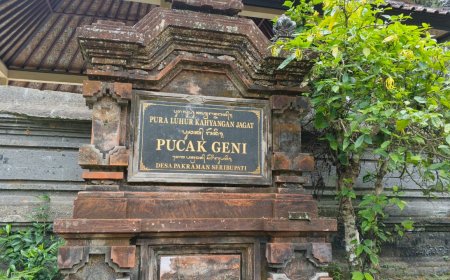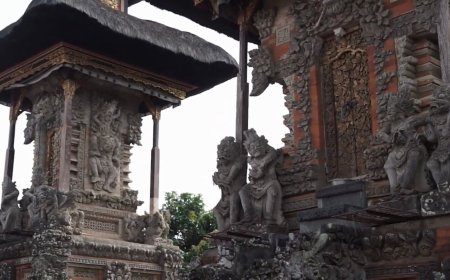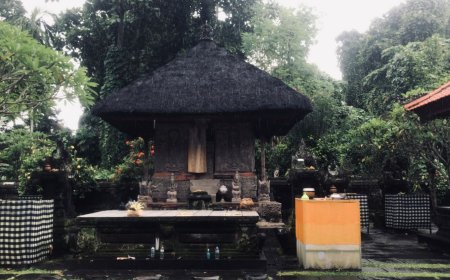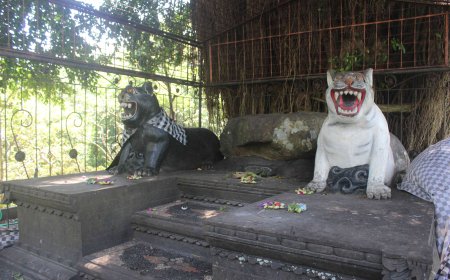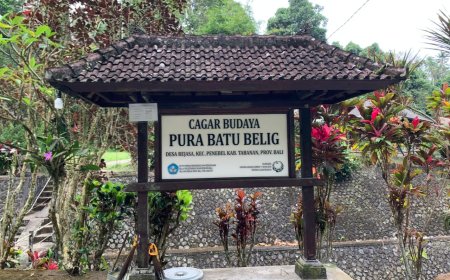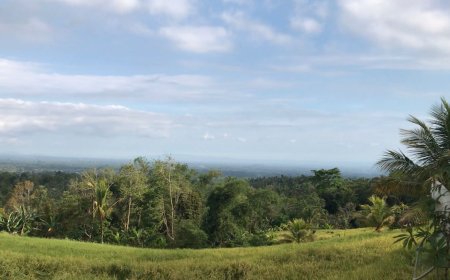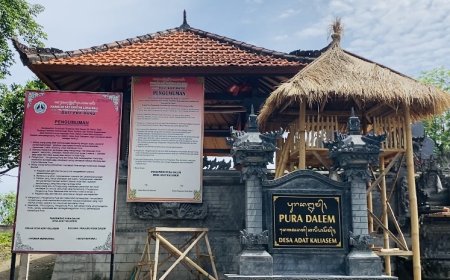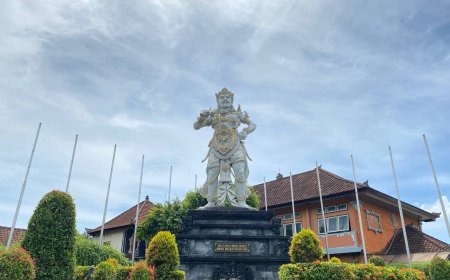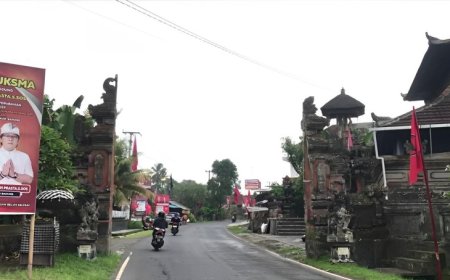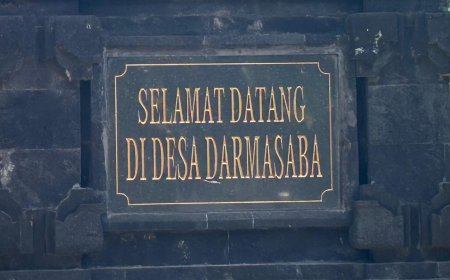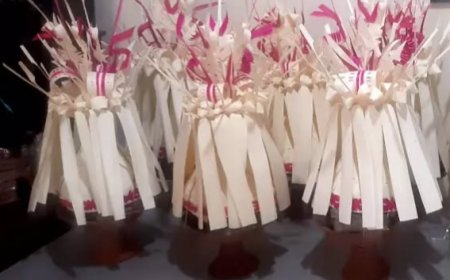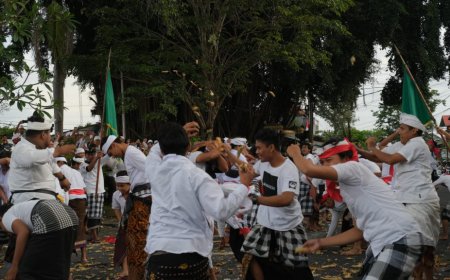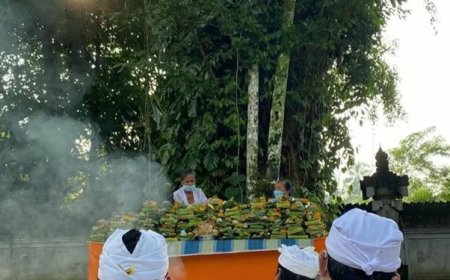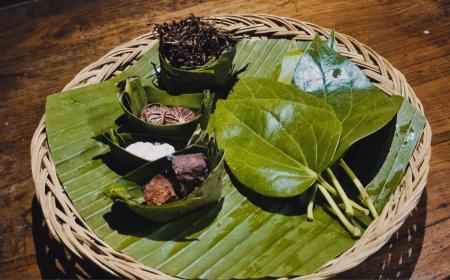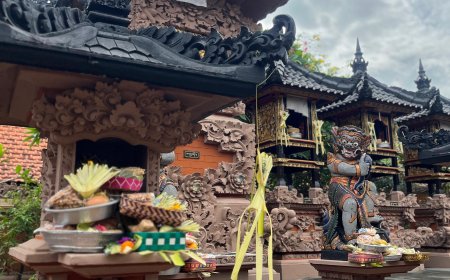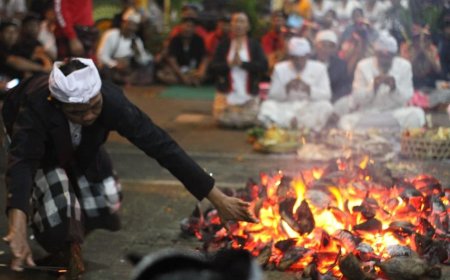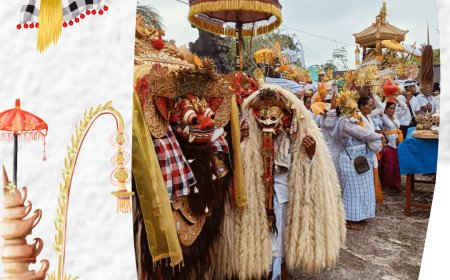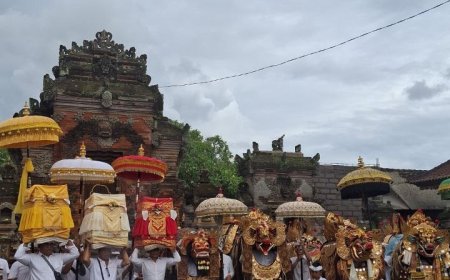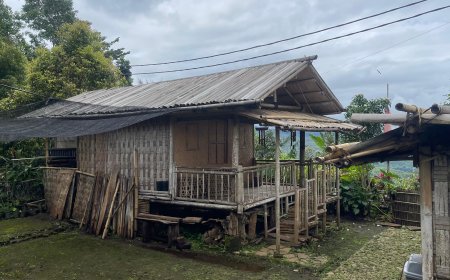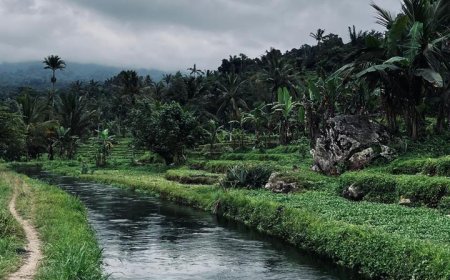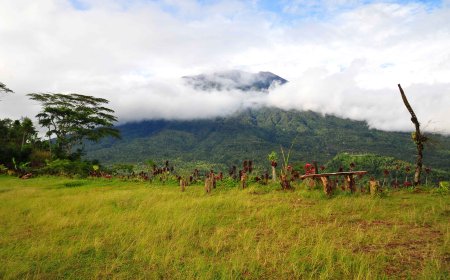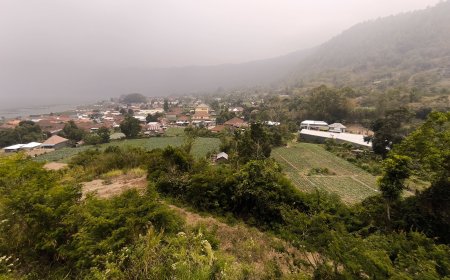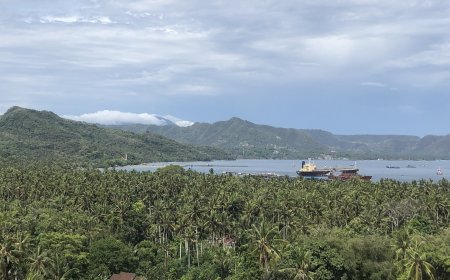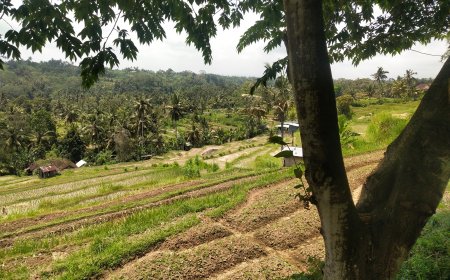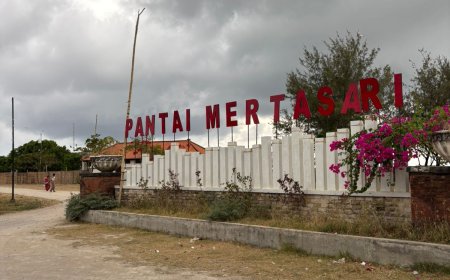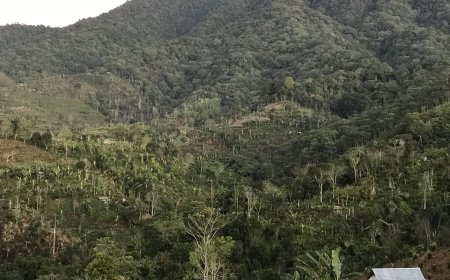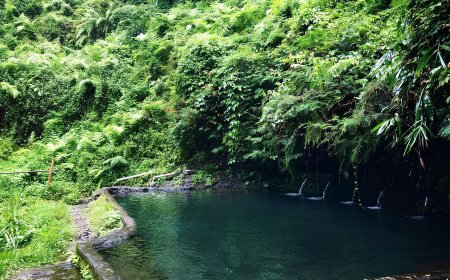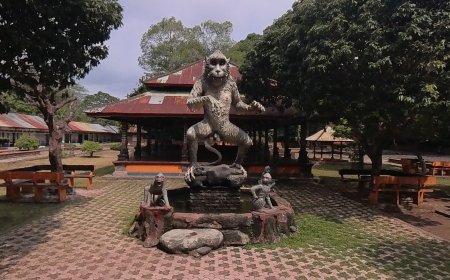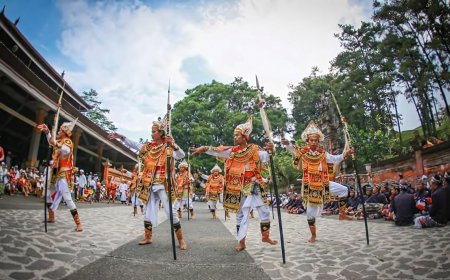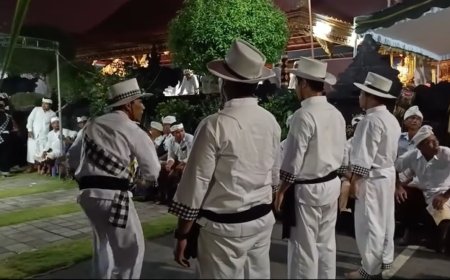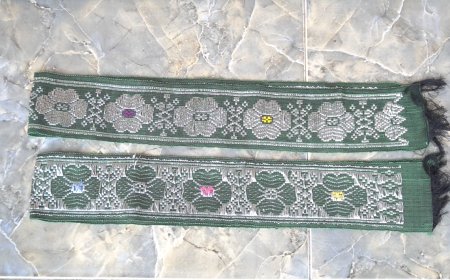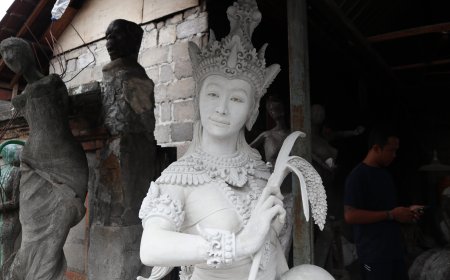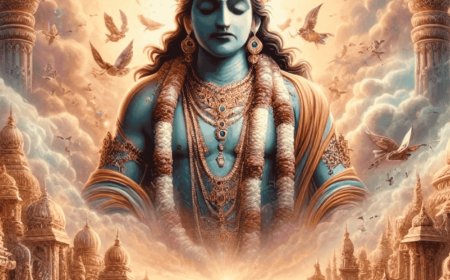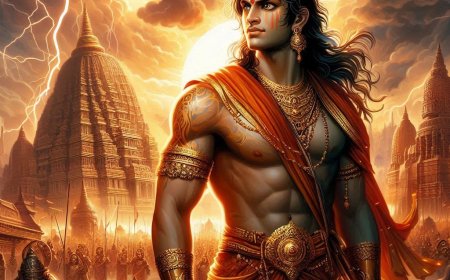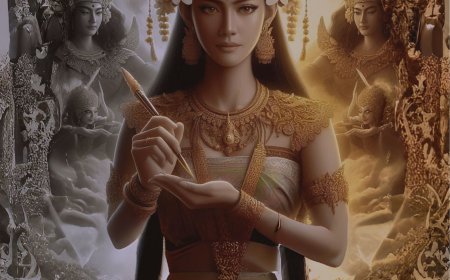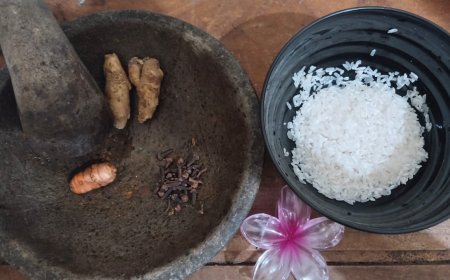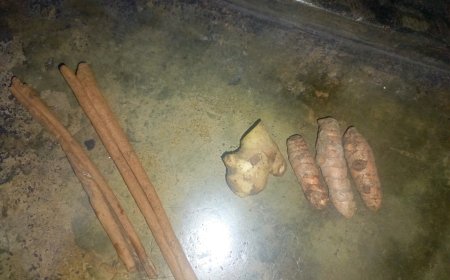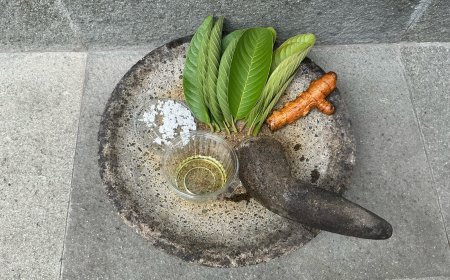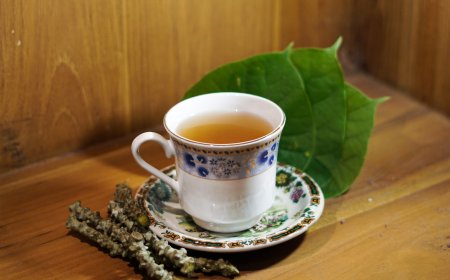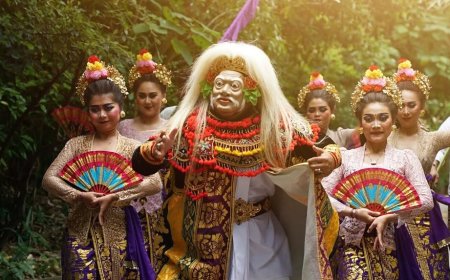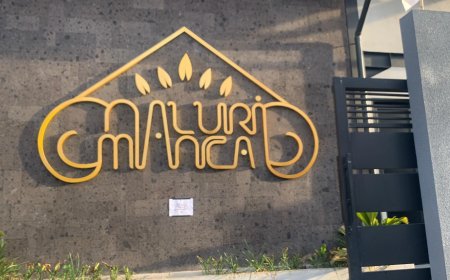When Dance Becomes the Breath of Life: The Existence of Sanggar Tari Bali Nanta Kemara Amidst Modernization
Sanggar Tari Bali Nanta Kemara has stood since 1988 in Batubulan, Gianyar, as a space for preserving traditional Balinese dance in the midst of modernization. With it's tiered learning system, the sanggar not only teaches dance techniques but also instills cultural values and a sense of togetherness.
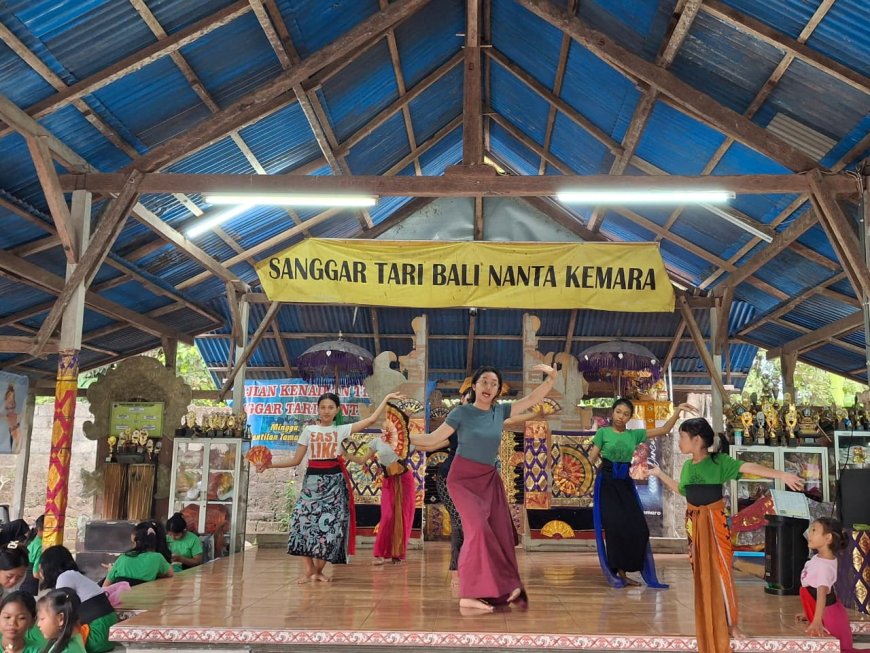
Sanggar’s History and Identity
Amidst the rush of modernization, Sanggar Tari Bali Nanta Kemara remains firm as a sanctuary for Balinese dance. Located in Banjar Menguntur, Jl. Pratu Made Rambug No.19, Batubulan, Gianyar, the sanggar officially opened on January 14, 1988, founded by I Made Openanta.
The name “Nanta Kemara” holds deep meaning. “Nanta” means something great, symbolizing the hope that the sanggar can shape great individuals through art. “Kemara” is an acronym from ke (the birth of Manguntur) and ra (children of Repot and Atub). This philosophy, inspired by the founder’s life journey, reflects the belief that art must be passed down across generations.
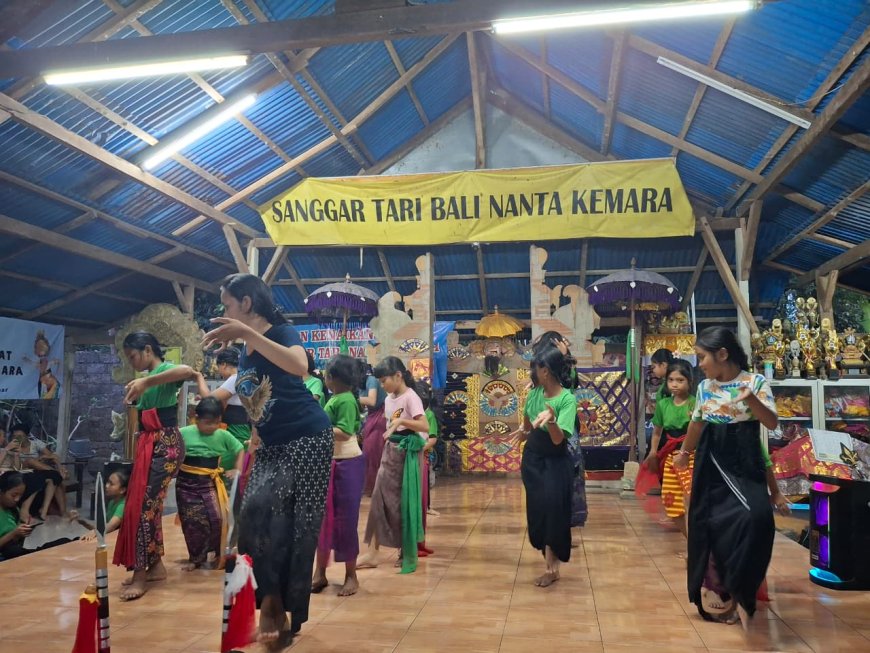
Teacher Guiding Children in Dance Practice (Source: Personal Collection)
Tiered Learning Program
The learning system at the sanggar is structured in stages. Students, ranging from 3 years old to high school, are grouped based on ability rather than age. Beginners start with basic Balinese dance, then progress to the intermediate level such as the Cenderawasih dance, and eventually reach the advanced level.
Regular classes are held every Saturday and Sunday at 6:00 PM, guided by three core instructors and supported by practicum students from art schools, including SMKN 3 Sukawati.
Every six months, students undergo new material and a level advancement exam. These moments serve not only as evaluation but also as communal celebration, where parents actively contribute by preparing costumes and props, creating a warm and memorable atmosphere.
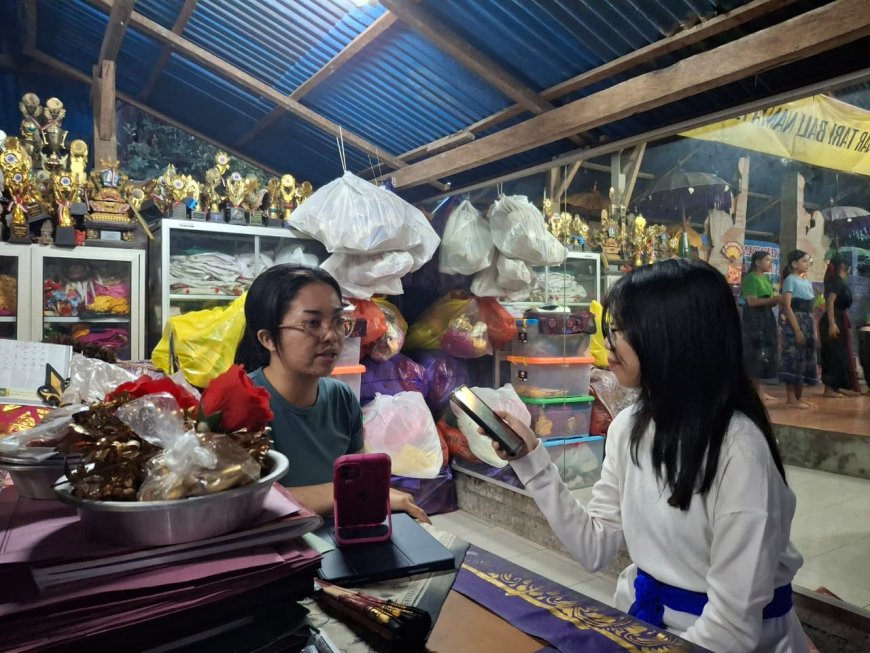
Interview with Kak Diah, Daughter of the Sanggar’s Founder (Source: Personal Collection)
Values and Dance Philosophy
The sanggar does more than just teach dance skills, it cultivates cultural preservation. Every student is welcomed without exception. There was even a case where a child registered a day before the performance exam and was still allowed to join the stage.
This openness reflects the sanggar’s philosophy: dance as the breath of life. As Kak Diah explained, dance is not merely movement but an expression of emotions interwoven with body gestures, rhythm, and the harmony of accompanying music.
Beyond traditional preservation, the sanggar also develops other arts such as makeup artistry and creative dance projects. Collaborations with academics continue, including research in Nusantara arts. Still, the primary mission remains the preservation of traditional Balinese dance as the root of culture.
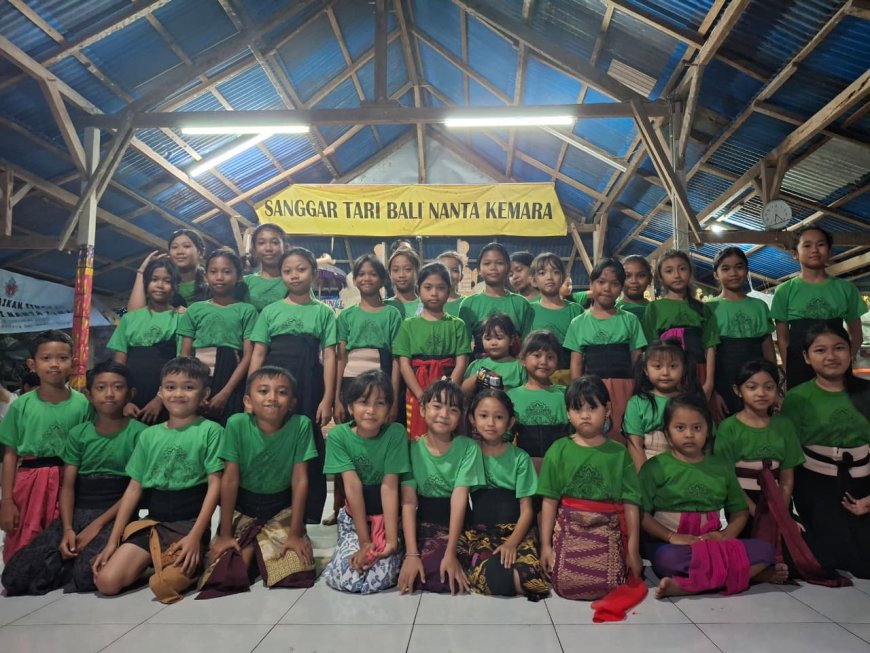
Children of Sanggar Tari Bali Nanta Kemara (Source: Personal Collection)
Adaptation and Challenges in the Modern Era
To adapt with the times, the sanggar actively uses Instagram as a promotional medium, even though most new students still join through word-of-mouth recommendations. Despite digital exposure, the warmth of face-to-face learning remains its hallmark.
One of the greatest challenges is creating a safe and comfortable learning environment. With many other sanggar around, Nanta Kemara is committed to delivering complete foundational teaching, shaping students’ character, and even providing a “kantin kejujuran” (honesty canteen) as a creative way of instilling values of honesty.
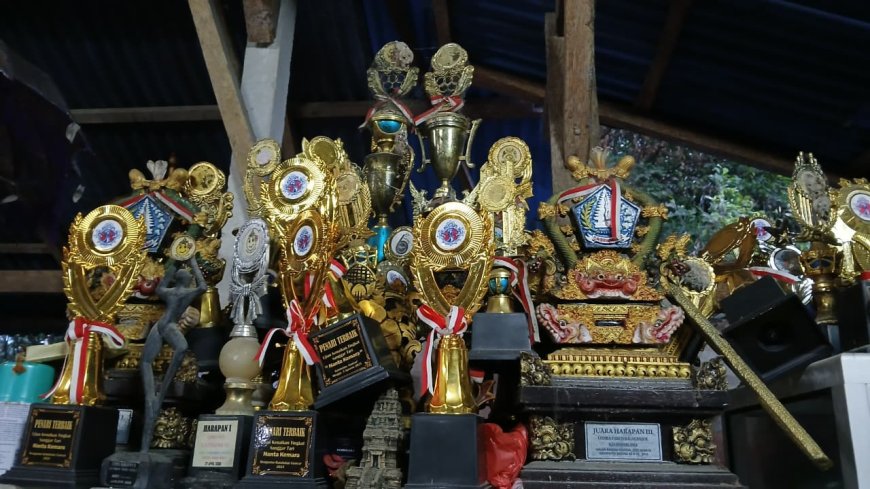
Trophy of Achievements (Source: Personal Collection)
Achievements and Collaborations
The sanggar’s existence has been recognized with the Patram Budaya Unggul award from the Bali Provincial Department of Culture, acknowledging decades of dedication to cultural preservation.
Behind these awards lie meaningful stories, from parents’ involvement during performance exams to unique collaborations with institutions like the Indonesian National Army (TNI) in official ceremonies.
Looking Ahead
Moving forward, Sanggar Tari Bali Nanta Kemara continues to serve as a cultural inheritance space for the younger generation. Dance is not only positioned as entertainment but also as a productive activity integrated into daily life and expressed as ngayah in Hindu religious ceremonies.
It’s existence is a reminder that amidst the tide of modernization, traditional art still holds a sacred place for dance is the breath that sustains the soul of Balinese culture.
Writer: Ni Kadek Diah Nanta Kuswandari, S.Sn., M.Sn
